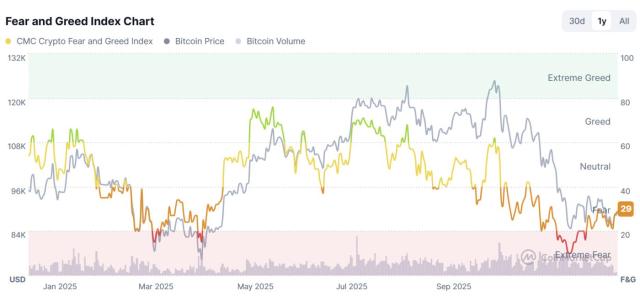In the past, DeFi protocols were the main active sector in the crypto market, but the QuickNode on-chain analysis report pointed out that stablecoin trading has surpassed DeFi in the third quarter of this year and became the most popular cryptocurrency commodity, from the first to the third quarter of this year. , the active wallet addresses of stablecoins increased by 45% and the transaction volume increased by 41%. In contrast, DeFi has experienced a decrease in active addresses and transaction volume.
The average daily transaction volume of DeFi in the first quarter was still 1 million, but by the third quarter there were only 786,000 transactions left. Stablecoins continued to grow, with USDT still being the leader in the stablecoin market. It has an average of 337,000 daily active addresses and an average of 680,000 daily transactions, indicating that stablecoins are used in other scenarios rather than crypto transactions in the past.
It is worth noting that 2023 will not be easy for DeFi. Among the DeFi DEX, only the Uniswap platform has shown positive growth. Compared with the first quarter, the platform’s active addresses have grown by 15% in several years, and the number of single-day transactions has increased by 33%. %. In addition, the mortgage function in DeFi is gaining more attention from investors. The overall number of Ethereum mortgages has increased from 23.7 million ETH to 27.2 million ETH. The growth mainly comes from Liquid Staking. Users can earn risk returns by mortgaging ETH. Attract more capital inflows.
Statement: The article only represents the author's personal views and opinions, and does not represent the BlockCast. All contents and opinions are for reference only and do not constitute investment advice. Investors should make their own decisions and transactions, and the author and BlockCast will not be held responsible for any direct or indirect losses caused by investors' transactions.







